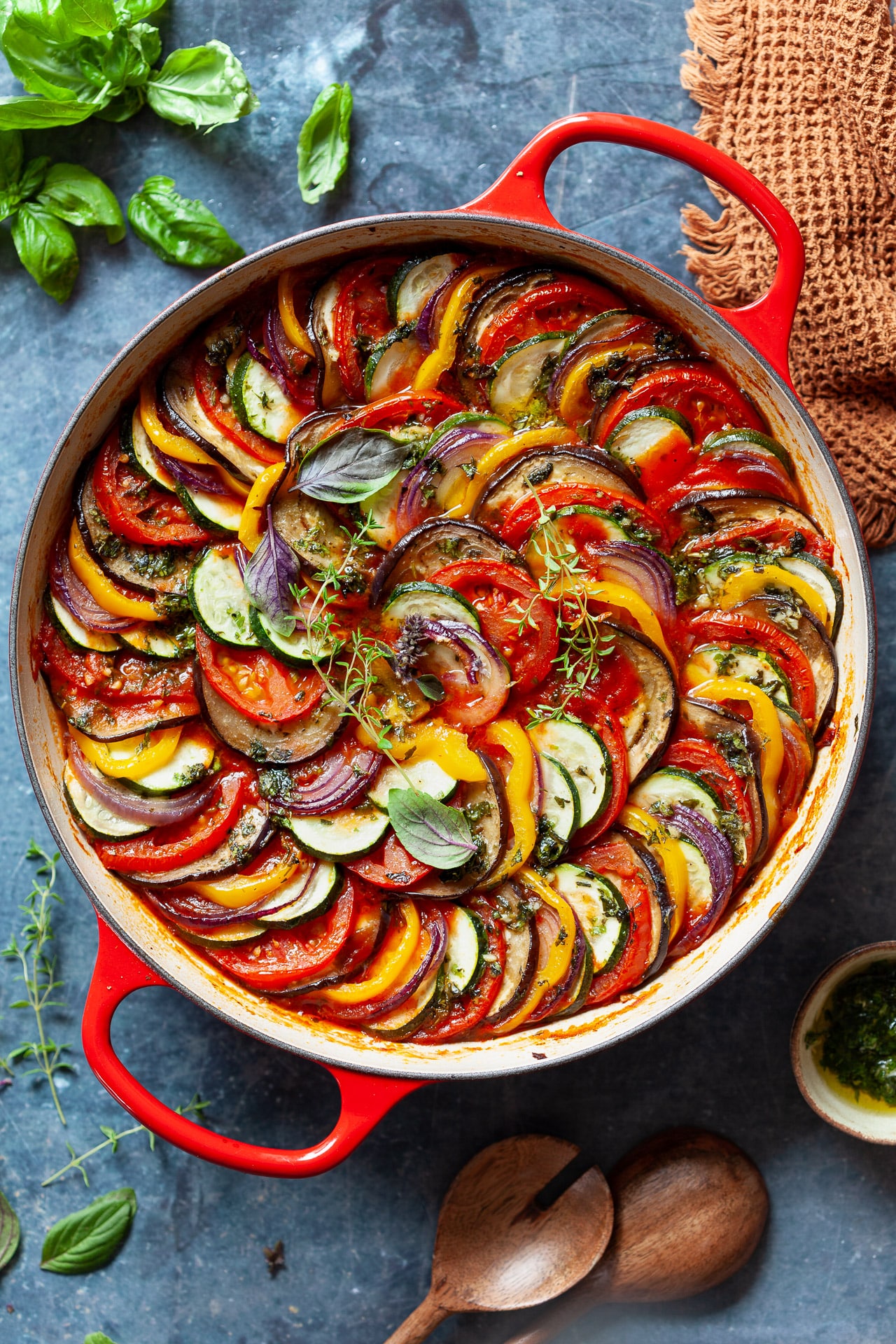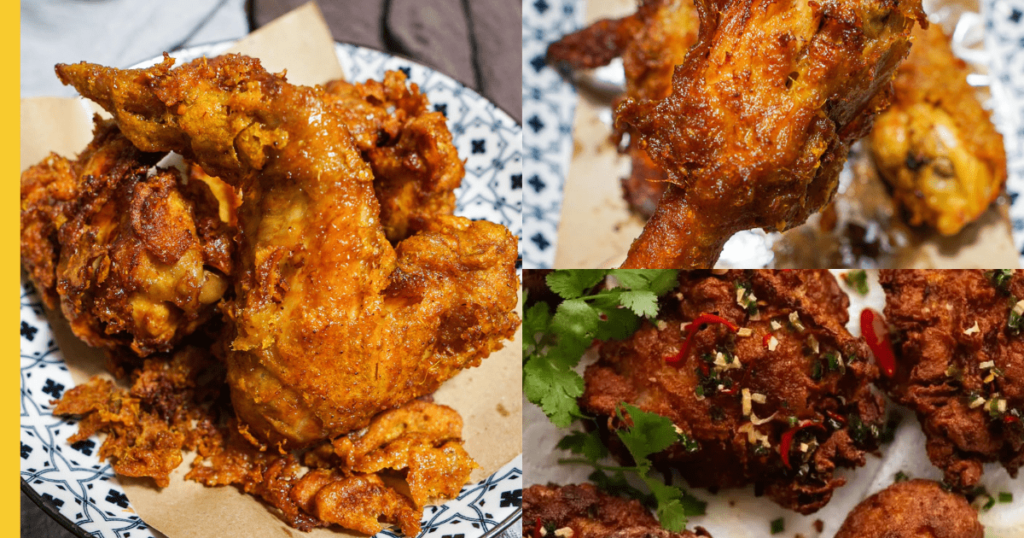Bakso: A Culinary Journey Through Indonesia’s Meatball Paradise
Related Articles
- A Journey Through Time: Exploring The Enchanting World Of Quiche Lorraine
- A Journey Through Flavors: Unraveling The Mystery Of Chicken Tikka Masala
- A Symphony Of Flavors: Exploring The World Of Biryani
- Frittata: A Culinary Journey Through Italy
- Bangers And Mash: A British Classic
Introduction
Welcome to our in-depth look at Bakso: A Culinary Journey Through Indonesia’s Meatball Paradise
Bakso: A Culinary Journey Through Indonesia’s Meatball Paradise
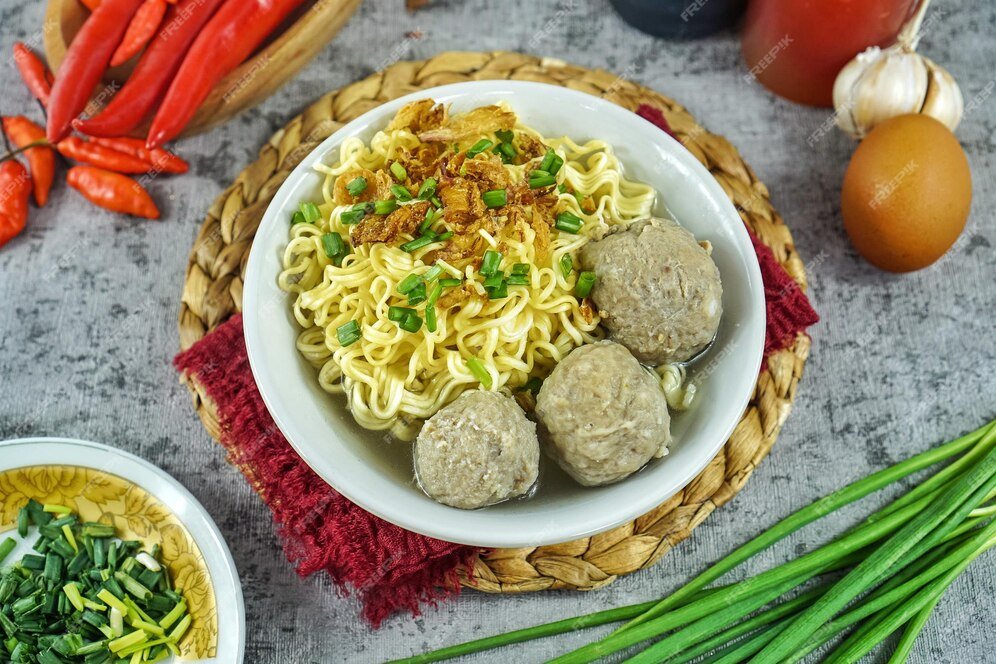
Bakso, the iconic Indonesian meatball, is more than just a simple dish. It’s a testament to culinary ingenuity, a symbol of cultural identity, and a delicious journey through the flavors of Indonesia. This article will delve deep into the fascinating world of bakso, exploring its history, ingredients, preparation, and the diverse ways it is enjoyed across the archipelago.
A Culinary History: From Humble Beginnings to National Treasure
The origins of bakso can be traced back to the 19th century, likely originating from Chinese immigrants who brought their own meatball traditions to Indonesia. Over time, these influences melded with local flavors and cooking styles, giving birth to the unique and beloved bakso we know today.
The early versions of bakso were likely simple, consisting of ground meat, spices, and a basic broth. However, as the dish gained popularity, it evolved into a culinary masterpiece, incorporating diverse ingredients and techniques. The development of bakso reflects Indonesia’s rich culinary heritage, with influences from Chinese, Javanese, and other regional cuisines.
The Heart of the Matter: Understanding the Ingredients
The foundation of any great bakso lies in its key ingredients:
1. Meat: The most common meat used for bakso is beef, but variations using chicken, fish, or even a combination of meats are popular. The quality and freshness of the meat are crucial for achieving a flavorful and tender bakso.
2. Spices: The magic of bakso lies in its fragrant spice blend. Essential ingredients include:
- Garlic: Provides a pungent aroma and a savory base.
- Shallots: Adds a sweet and slightly pungent note.
- Peppercorns: Adds a subtle heat and depth of flavor.
- Salt: Enhances the savory notes and balances the overall flavor profile.
- Nutmeg: Provides a warm and slightly sweet aroma.
- Clove: Adds a warm and spicy flavor.
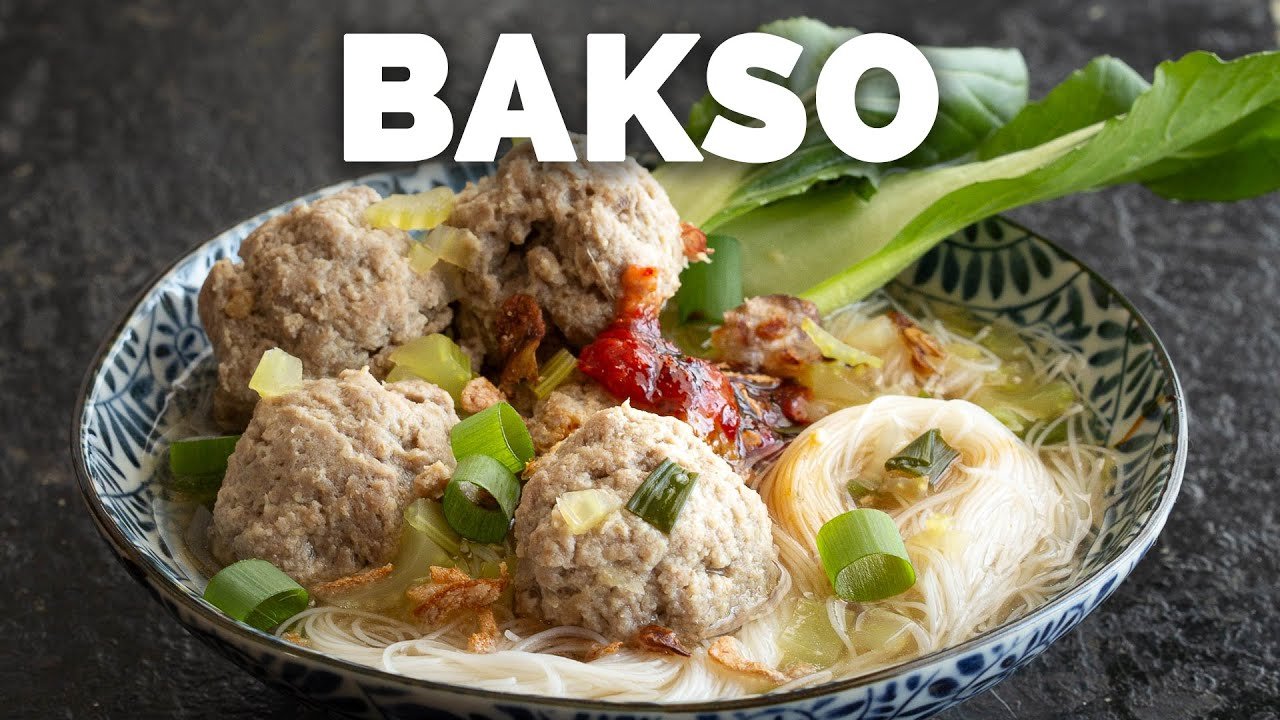
3. Other Ingredients:
- Tapioca flour: Acts as a binder, creating a smooth and cohesive texture.
- Eggs: Add richness and bind the meat mixture.
- Ice water: Keeps the meat mixture cold, preventing it from becoming sticky and ensuring a tender texture.
- Broth: The foundation of the bakso soup. It is typically made with beef bones, chicken bones, or a combination of both.
The Art of Crafting Bakso: A Step-by-Step Guide
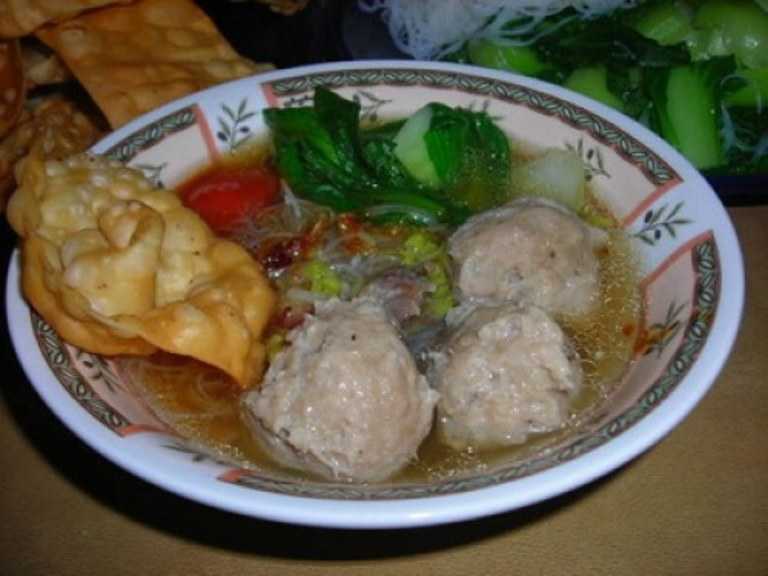
Creating perfect bakso requires meticulous attention to detail and understanding the nuances of each step:
1. Preparing the Meat Mixture:
- Grind the meat: Choose a coarse grind to ensure a slightly chewy texture.
- Combine the spices: Mix the spices thoroughly with the ground meat.
- Add tapioca flour and eggs: Gently incorporate the flour and eggs into the meat mixture.
- Chill the mixture: Refrigerate the meat mixture for at least 30 minutes to allow the flavors to meld and the mixture to become firm.
2. Forming the Bakso:
- Wet your hands: This prevents the meat mixture from sticking.
- Roll into balls: Form the mixture into small, uniform balls.
- Cook the bakso: Simmer the bakso in the broth for 15-20 minutes until they are cooked through.
3. Preparing the Broth:
- Simmer the bones: Boil the bones for at least 3 hours to extract the maximum flavor.
- Strain the broth: Remove any impurities and excess fat.
- Season the broth: Adjust the seasoning with salt, pepper, and other desired spices.
4. Assembling the Bakso Dish:
- Serve the bakso: Place the cooked bakso in a bowl with the broth.
- Add toppings: Garnish with your choice of toppings, such as noodles, vegetables, fried shallots, chili sauce, and lime wedges.
Variations and Regional Delights: A Culinary Tapestry
The beauty of bakso lies in its versatility. Across Indonesia, different regions have developed their own unique variations, showcasing the diverse culinary landscape of the archipelago.
1. Bakso Malang: Hailing from the city of Malang, this variation features a rich, flavorful broth and a generous serving of noodles. It is often topped with fried tofu, fried wontons, and a spicy chili sauce.
2. Bakso Solo: Originating from Solo, this variation emphasizes a sweeter broth, typically flavored with palm sugar and a hint of ginger. It is often served with a side of sweet soy sauce for dipping.
3. Bakso Urat: This variation features a unique texture, incorporating beef tendons for a chewy and satisfying bite. It is often served with a savory broth and a generous amount of chili sauce.
4. Bakso Goreng: Unlike the traditional soup version, this variation features deep-fried bakso. The crispy exterior and juicy interior make it a popular street food snack.
5. Bakso Aci: This variation uses tapioca flour as the main ingredient, resulting in a chewy and bouncy texture. It is often served with a spicy and savory broth.
6. Bakso Mercon: This variation is known for its intense spiciness, using a generous amount of chili peppers. It is not for the faint of heart, but a must-try for chili lovers.
Tips for a Perfect Bakso Experience
- Use fresh, high-quality meat: This is the foundation of a delicious bakso.
- Grind the meat finely: This ensures a smooth and tender texture.
- Chill the meat mixture: This allows the flavors to meld and the mixture to become firm.
- Don’t overcook the bakso: This will result in a tough texture.
- Season the broth generously: The broth should be flavorful and balanced.
- Experiment with toppings: Try different combinations of noodles, vegetables, and sauces to create your own unique bakso experience.
Beyond the Bowl: Bakso in Indonesian Culture
Bakso is more than just a meal; it’s deeply embedded in Indonesian culture. It’s a popular street food, a comfort food, and a symbol of togetherness. Here are some insights into the cultural significance of bakso:
- Street Food Icon: Bakso stalls are a common sight in every city and town across Indonesia. They are a convenient and affordable option for a quick and satisfying meal.
- Comfort Food: Bakso evokes feelings of nostalgia and comfort, reminding people of home and family. It is often enjoyed during special occasions or as a simple meal on a busy day.
- Social Gathering: Bakso stalls are often places where people gather to socialize and share a meal. It’s a symbol of community and connection.
Conclusion: A Culinary Journey Continues
Bakso is a testament to the culinary creativity and cultural diversity of Indonesia. From its humble beginnings to its present-day popularity, this iconic meatball has captured the hearts and stomachs of generations. Whether you’re a seasoned bakso aficionado or a curious newcomer, there’s always something new to discover in the world of bakso. So, embark on your own culinary journey and savor the deliciousness of this Indonesian treasure.
Closure
Thank you for reading! Stay with us for more insights on Bakso: A Culinary Journey Through Indonesia’s Meatball Paradise.
Make sure to follow us for more exciting news and reviews.
We’d love to hear your thoughts about Bakso: A Culinary Journey Through Indonesia’s Meatball Paradise—leave your comments below!
Stay informed with our next updates on Bakso: A Culinary Journey Through Indonesia’s Meatball Paradise and other exciting topics.


